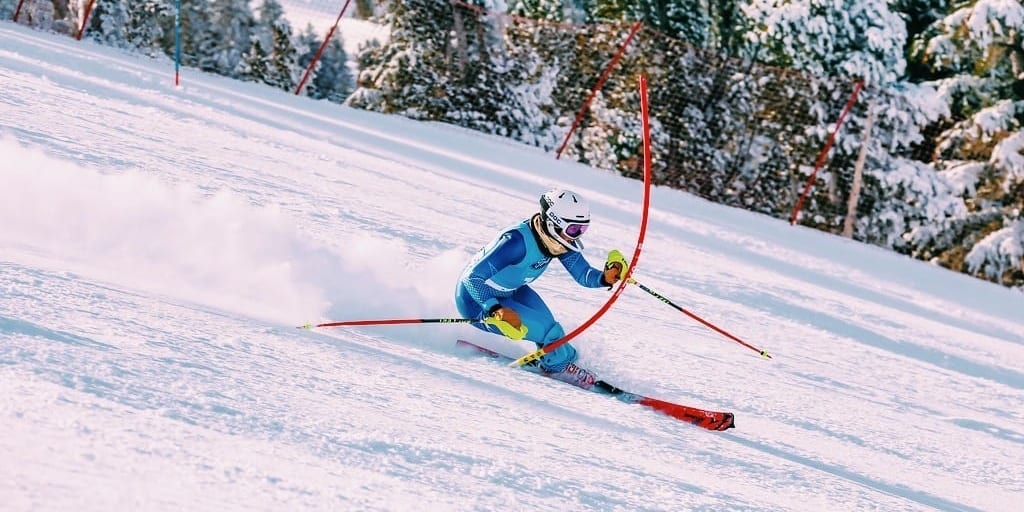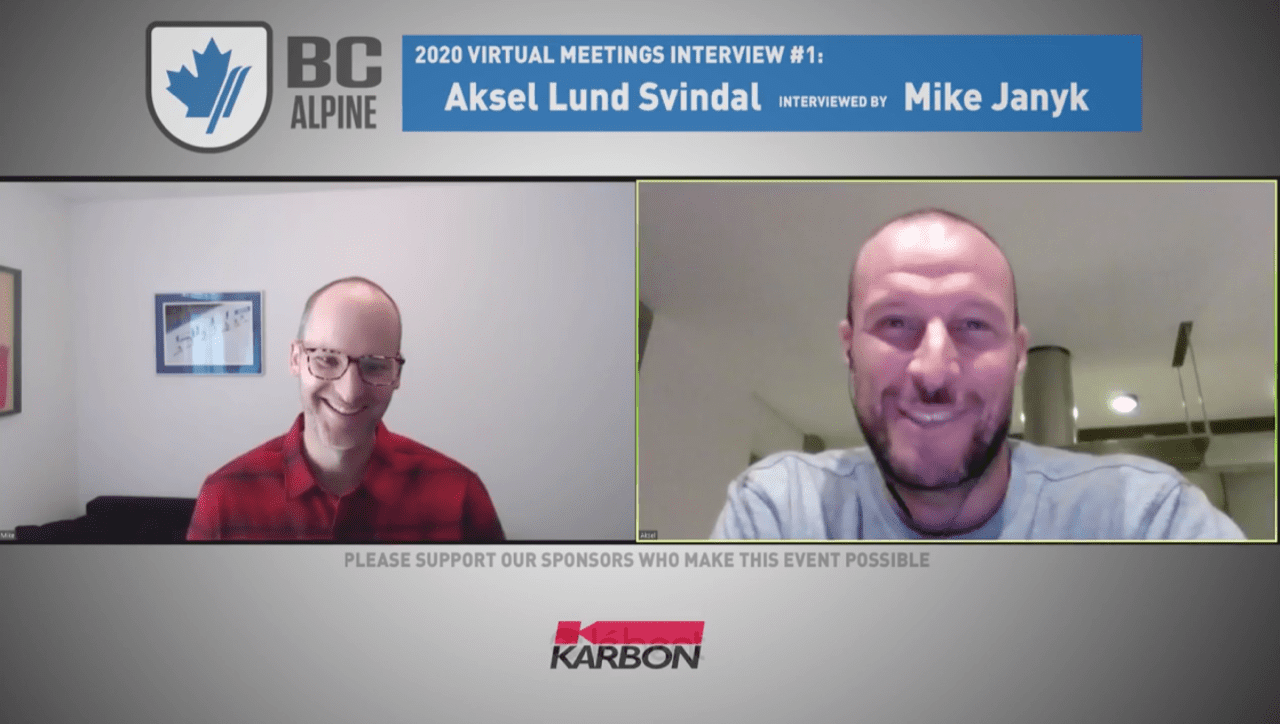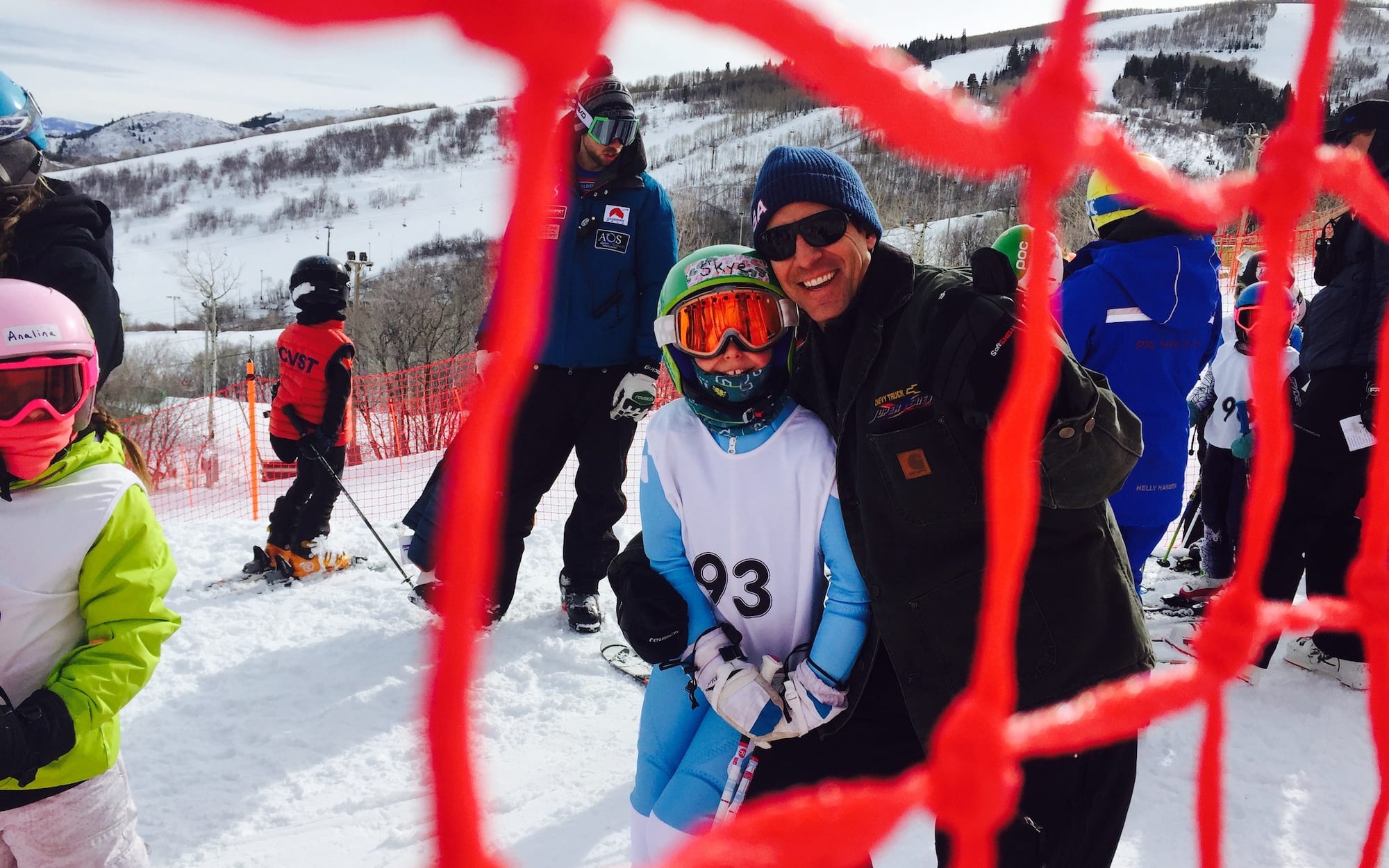How a Football Player Helped Tommy Moe Win Gold
It was an unlikely match — the NFL and the U.S. Ski Team. But it happened back in the day and may well have paved the way for Tommy Moe’s Olympic gold and silver medals in the 1994 Olympics in Lillehammer.
The NFL connection was Mike McCoy, a cornerback for the Green Bay Packers and football standout at the University of Colorado. He did not attend the Olympics, to the best of our knowledge, but he was there in training camp, showing the U.S. Ski team members, including Moe, what it takes to play in the NFL.
The story ends, perhaps, with McCoy’s death in February in a Colorado assisted living facility at age 62 after struggling with dementia.
But it begins with the U.S. Ski Team recognizing the importance of physical conditioning. In the 1980s, John McMurtry built a program centering on Sports Medicine Coordinator Topper Hagerman and Director of Conditioning John Atkins. McMurtry was a former USST coach and co-founder of the Sports Performance Orthopedic Research Training (SPORT) program, which legendary knee surgeon Dr. J Richard Steadman used to rehab his patients.
Thing was, Steadman had an outstanding list of patients.
“We had guys from the NFL, the NBA, all over,” recalls Atkins. “And famous guys, too. Big name guys like Montana, Elway, Jim Kelly. We took care of Dan Marino his whole career.”
McCoy, a first-round draft pick for the Packers in 1976 who played for the team until 1983, was an early NFL assignment. “He came in right after Marino, and in the next week we had three Steelers come in,” says Atkins. “Next thing we knew, we were seeing at least 40 NFL guys. Mike was our third or fourth patient. At the time he was the defensive captain for the Green Bay Packers. We rehabbed him and became fast friends.
After the 1988 season, McMurtry was tagged as the U.S. Ski Team alpine program director, and after naming Bill Eagen as the new men’s head coach, he wasted no time deciding what to do about conditioning.
“Once John was the alpine director, I came out for the first camp in Park City, and we had Diann, AJ, Picabo,” says Atkins. “I gave Mike a call and he came out. John had just hired Bill Eagan, and he was a former football coach, so he was in heaven seeing the condition we were doing.”
Previously, most of the training had been on skis, but that changed. “All of a sudden they’re out there, especially the men’s team, and they went nuts,” says Atkins. “They were out there doing pump drills and everything. And Mike was great because he could do everything he was asking them to do.”
The team athletes responded to the challenges McCoy presented.
And they came up with a few of their own, among them trying to run pass patterns against one of the fastest defensive backs in the NFL. They didn’t complete many. “He’d swat the ball away,” says Atkins of McCoy, “and the guys would be: ‘Wow. How’d he do that?’”
Tommy Moe got the same reaction in tackling the Lillehammer 1994 Games when he blitzed to gold in the downhill and silver in the super G — a touchdown, and then some, tied to the NFL and Mike McCoy.
“I folded these guys into different camps and they just loved it,” says Atkins. “They challenged the kids, and the kids appreciated it.”





















